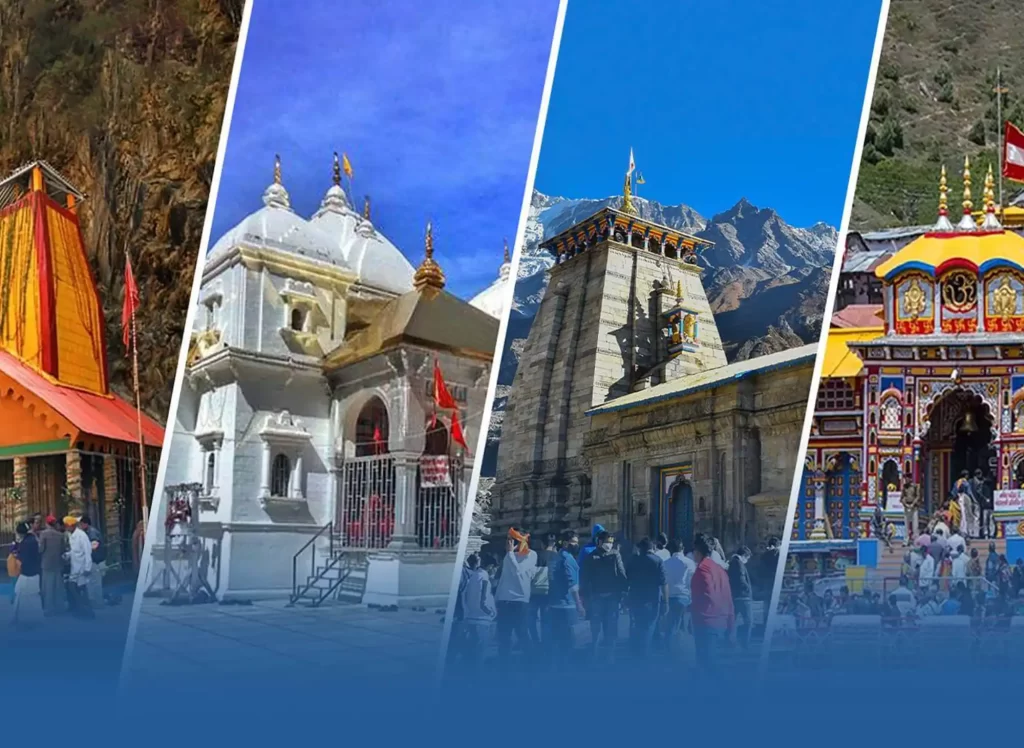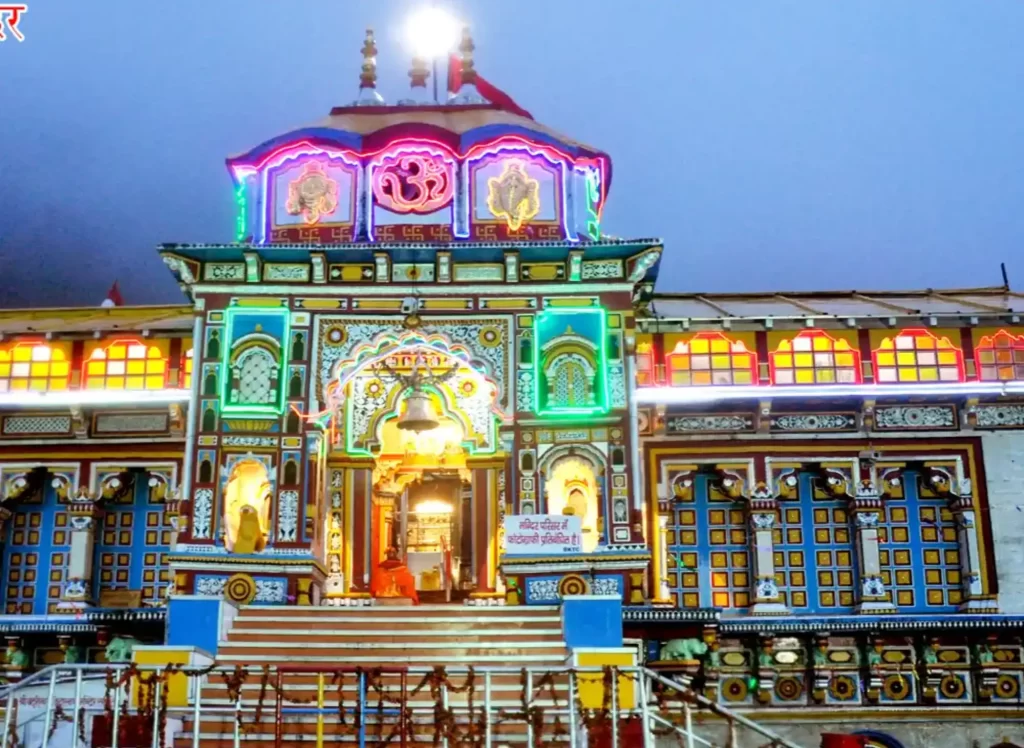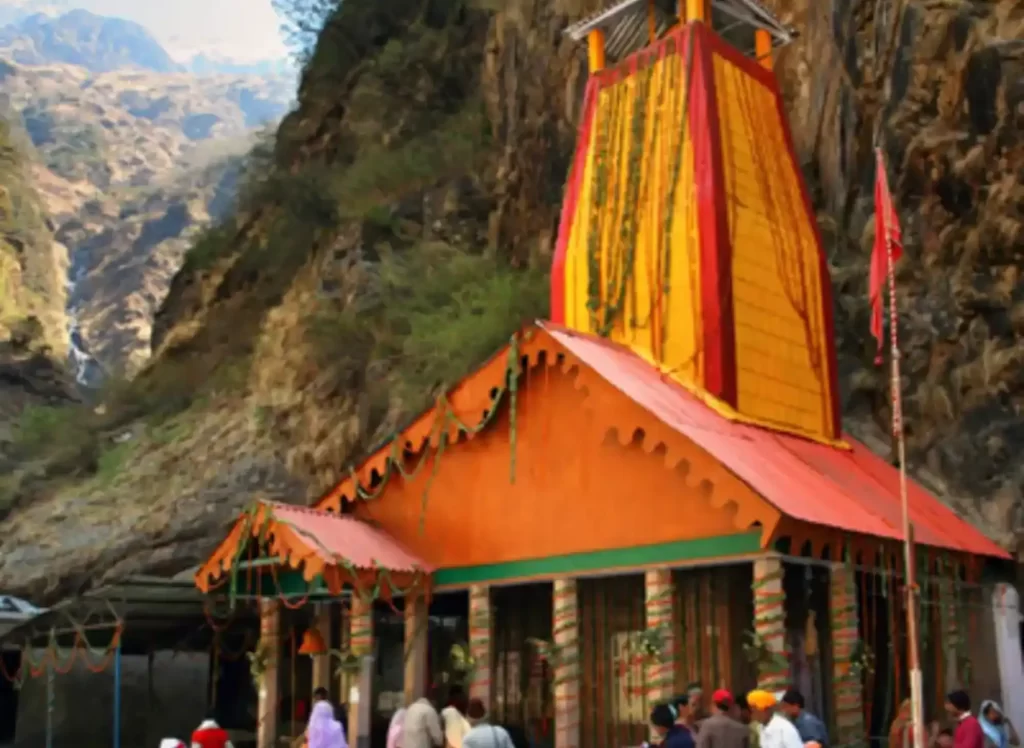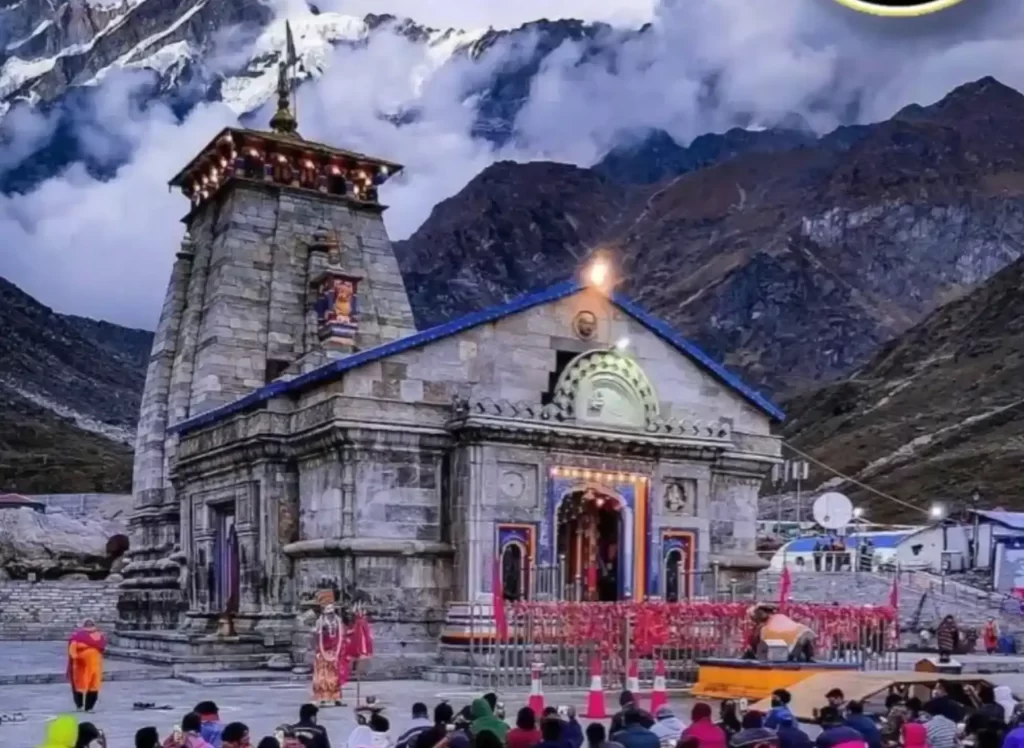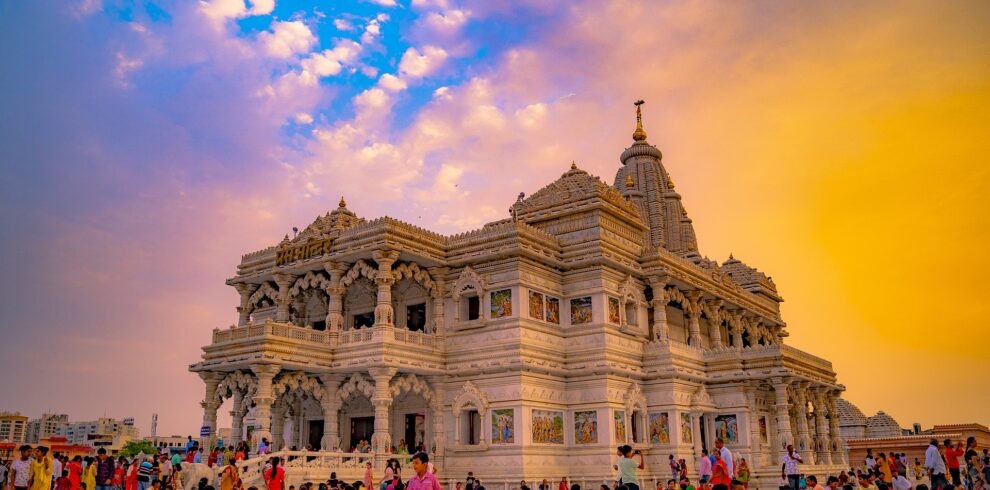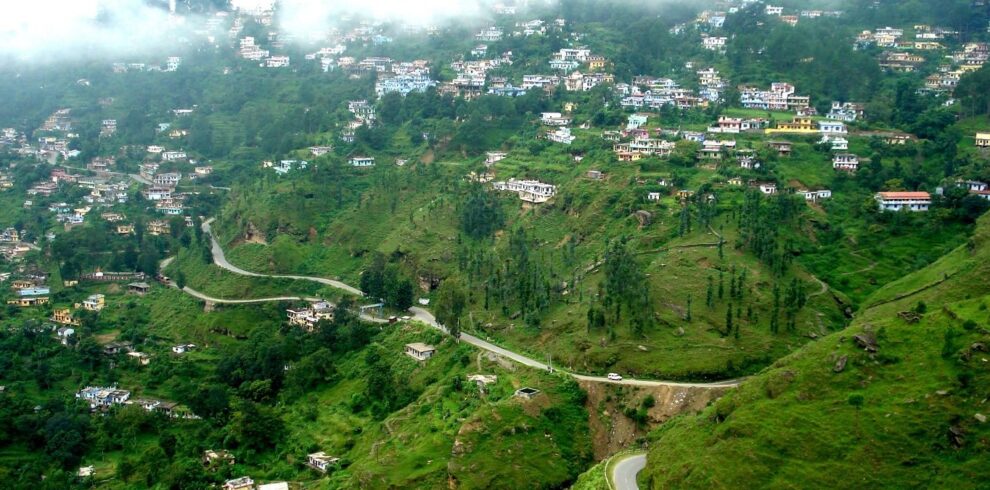The Chardham yatra 2024, or “four abodes,” refers to four sacred Hindu pilgrimage sites located in the Indian Himalayas. These sites are considered to be the most sacred and important in Hinduism, and are visited by millions of devotees each year. The four sites are:
The Chardham yatra 2024, or pilgrimage, is a popular and important tradition in Hinduism, and is undertaken by millions of devotees each year. The yatra usually begins in the month of April and continues until October, with the peak season being between May and June. During the yatra, devotees visit each of the four sites in a specific order, starting with Yamunotri, then Gangotri, Kedarnath, and ending with Badrinath. The yatra is considered to be a journey of purification, both physically and spiritually, and is believed to bring blessings and good fortune to those who undertake it.
Chardham Yatra 2024: A Comprehensive Guide
The Chardham Yatra 2024 is one of the most revered and significant pilgrimages in Hinduism, drawing devotees from across the globe to the sacred sites of Yamunotri, Gangotri, Kedarnath, and Badrinath. Located in the majestic Himalayan region of Uttarakhand, these four shrines are believed to be the abodes of divine deities, and visiting them is considered a path to salvation and spiritual enlightenment. As you plan your Chardham Yatra for 2024, this comprehensive guide will provide you with detailed insights into the journey, including routes, significance, travel tips, and booking information.
Historical and Spiritual Significance
The Chardham Yatra 2024 holds profound spiritual importance in Hinduism. Adi Shankaracharya, the great 8th-century philosopher and theologian, established these four shrines to promote unity among Hindus and foster spiritual growth. Each of the four sites is dedicated to a different deity, and together, they form a circuit that symbolizes the cycle of life, death, and rebirth.
-
Yamunotri: The source of the Yamuna River, Yamunotri is dedicated to Goddess Yamuna. The temple is situated at an altitude of 3,293 meters and is surrounded by scenic landscapes and hot springs. Pilgrims believe that a dip in the holy waters of the Yamuna can cleanse them of their sins and protect them from an untimely death.
-
Gangotri: The origin of the Ganges River, Gangotri is dedicated to Goddess Ganga. Located at an altitude of 3,100 meters, the temple is set amidst stunning natural beauty. According to legend, Goddess Ganga descended from the heavens to absolve the sins of King Bhagiratha’s ancestors. Pilgrims perform rituals and take a holy dip in the river to attain spiritual purification.
-
Kedarnath: Dedicated to Lord Shiva, Kedarnath is one of the twelve Jyotirlingas and holds immense significance in Hindu mythology. The temple is situated at an altitude of 3,583 meters, near the head of the Mandakini River. Despite its remote location and challenging terrain, thousands of devotees visit Kedarnath to seek the blessings of Lord Shiva and attain moksha (liberation).
-
Badrinath: Dedicated to Lord Vishnu, Badrinath is one of the holiest shrines in Hinduism. Nestled at an altitude of 3,133 meters, the temple is flanked by the Nar and Narayan mountain ranges and the Alaknanda River. According to mythology, Lord Vishnu meditated here, protected by the twin peaks. Pilgrims believe that a visit to Badrinath can help them achieve salvation.
Planning Your Chardham Yatra 2024
Embarking on the Chardham Yatra 2024 requires meticulous planning and preparation. The pilgrimage typically begins in late April or early May and continues until November, depending on weather conditions. Here are some essential tips to help you plan your journey:
-
Route and Itinerary: The traditional route for the Chardham Yatra 2024 starts from Yamunotri, followed by Gangotri, Kedarnath, and Badrinath. The sequence is designed to ensure gradual acclimatization to the high altitudes. Most pilgrims begin their journey from Haridwar or Rishikesh, which are well-connected to major cities by rail and road.
- Day 1: Haridwar to Barkot (220 km)
- Day 2: Barkot to Yamunotri and back to Barkot (36 km drive and 6 km trek one way)
- Day 3: Barkot to Uttarkashi (100 km)
- Day 4: Uttarkashi to Gangotri and back to Uttarkashi (100 km one way)
- Day 5: Uttarkashi to Guptkashi (220 km)
- Day 6: Guptkashi to Gaurikund and Kedarnath (32 km drive and 16 km trek)
- Day 7: Kedarnath to Guptkashi (16 km trek and 32 km drive)
- Day 8: Guptkashi to Badrinath (190 km)
- Day 9: Badrinath to Rudraprayag (160 km)
- Day 10: Rudraprayag to Haridwar (165 km)
-
Accommodation: Various lodging options are available along the route, ranging from budget guesthouses to more comfortable hotels. It’s advisable to book your accommodation in advance, especially during peak season, to ensure a hassle-free stay.
-
Permits and Registrations: Pilgrims are required to register for the Chardham Yatra. Registration can be done online through the official website or at designated counters along the route. It’s essential to carry valid ID proof and other necessary documents.
-
Health and Fitness: The Chardham Yatra 2024 involves strenuous treks and high altitudes. It’s crucial to be in good health and physically fit. Consult your doctor before the journey, especially if you have pre-existing medical conditions. Carry essential medications and a first aid kit.
-
Packing Essentials: Pack light but ensure you have all necessary items, including warm clothing, comfortable trekking shoes, rain gear, sunscreen, sunglasses, and toiletries. Don’t forget to carry sufficient cash, as ATMs may not be available in remote areas.
-
Travel Insurance: It’s advisable to have travel insurance that covers medical emergencies, trip cancellations, and other unforeseen events. This can provide peace of mind and financial protection during your pilgrimage.
Key Highlights and Attractions
Apart from the spiritual significance, the Chardham Yatra 2024 offers breathtaking natural beauty and cultural experiences. Here are some key highlights and attractions along the route:
-
Haridwar and Rishikesh: Begin your journey with a visit to Haridwar and Rishikesh, two of the holiest cities in India. Attend the Ganga Aarti at Har Ki Pauri in Haridwar and explore the ashrams and yoga centers in Rishikesh.
-
Yamunotri Temple and Hot Springs: The temple at Yamunotri is surrounded by stunning vistas. Don’t miss the Surya Kund hot spring, where pilgrims cook rice as an offering to the goddess.
-
Gangotri Glacier and Gaumukh: From Gangotri, trek to the Gaumukh Glacier, the actual source of the Ganges River. The trek offers a glimpse of the pristine beauty of the Himalayas.
-
Kedarnath Temple and Bhairav Temple: The Kedarnath Temple, dedicated to Lord Shiva, is a marvel of ancient architecture. Visit the Bhairav Temple, located nearby, which is believed to guard the Kedarnath Temple during winter.
-
Badrinath Temple and Tapt Kund: The Badrinath Temple is an architectural gem set against the backdrop of the Neelkanth Peak. Take a dip in the Tapt Kund, a natural hot water spring believed to have medicinal properties.
-
Panch Prayag: En route to Badrinath, visit the Panch Prayag, the five confluences of rivers, which hold significant spiritual importance. These include Devprayag, Rudraprayag, Karnaprayag, Nandaprayag, and Vishnuprayag.
-
Valley of Flowers and Hemkund Sahib: If time permits, explore the nearby Valley of Flowers, a UNESCO World Heritage Site known for its vibrant alpine flora. The Sikh pilgrimage site of Hemkund Sahib is also located in this region.
Cultural and Local Experiences
The Chardham Yatra is not just a religious journey but also an opportunity to experience the rich cultural heritage of Uttarakhand. Interact with the locals, savor the regional cuisine, and witness traditional festivals and rituals.
-
Local Cuisine: Enjoy the traditional Garhwali cuisine, which includes dishes like Aloo Ke Gutke, Kafuli, Phaanu, and Bal Mithai. Most eateries along the route offer vegetarian food, adhering to the pilgrimage’s spiritual ethos.
-
Festivals and Fairs: If your visit coincides with local festivals, don’t miss the opportunity to participate. The Magh Mela in Uttarkashi and Badri Kedar Festival in Badrinath are vibrant celebrations that showcase the region’s cultural richness.
-
Handicrafts and Souvenirs: Uttarakhand is known for its handicrafts, including woolen garments, handwoven carpets, and wooden artifacts. Purchase these as souvenirs to support local artisans.
Sustainable and Responsible Travel
As you embark on the Chardham Yatra 2024 , it’s important to practice sustainable and responsible travel to preserve the natural beauty and sanctity of the region. Here are some tips:
-
Respect the Environment: Avoid littering and dispose of waste responsibly. Carry reusable water bottles and bags to minimize plastic use.
-
Follow Local Guidelines: Adhere to local customs and guidelines, especially in temples and sacred sites. Dress modestly and respect the sanctity of the places you visit.
-
Support Local Communities: Engage with local communities and support their livelihoods by purchasing local products and services. Choose homestays and locally-owned accommodations where possible.
-
Wildlife Conservation: The Chardham yata 2024 route passes through ecologically sensitive areas. Respect wildlife and avoid disturbing their natural habitats.
Overview
Kedarnath, nestled in the majestic Garhwal Himalayas of Uttarakhand, India, holds immense significance for devout Hindus as one of the holiest pilgrimage sites in the country. Here’s an overview of Kedarnath:- Badrinath: Located in the Chamoli district of Uttarakhand, Badrinath is a temple dedicated to Lord Vishnu. It is believed to be the place where Lord Vishnu meditated in the form of Nar-Narayan, a half-man, half-lion avatar.
- Kedarnath: Located in the Rudraprayag district of Uttarakhand, Kedarnath is a temple dedicated to Lord Shiva. It is believed to be the place where Lord Shiva first appeared as a linga, or divine symbol, to the sage Narada.
- Gangotri: Located in the Uttarkashi district of Uttarakhand, Gangotri is a temple dedicated to the goddess Ganga. It is believed to be the place where the goddess descended to earth from the heavens, and is considered to be the source of the sacred river Ganges.
- Yamunotri: Located in the Uttarkashi district of Uttarakhand, Yamunotri is a temple dedicated to the goddess Yamuna. It is believed to be the place where the goddess first appeared on earth, and is considered to be the source of the sacred river Yamuna.
- There are several ways to reach the Chardham, including by road, train, or air. The nearest airports are Jolly Grant Airport in Dehradun and Pantnagar Airport in Pantnagar, both of which are well-connected to major cities in India. From there, devotees can hire a taxi or take a bus to reach the Chardham. The journey by road can be quite strenuous, as the roads are often winding and treacherous, and the altitude can be high. It is advisable to take breaks and acclimatize along the way to avoid altitude sickness. There are also several hotels and guest houses available in the Chardham region, ranging from budget to luxury options. It is advisable to book accommodation in advance, as the demand is high during the peak seaso


